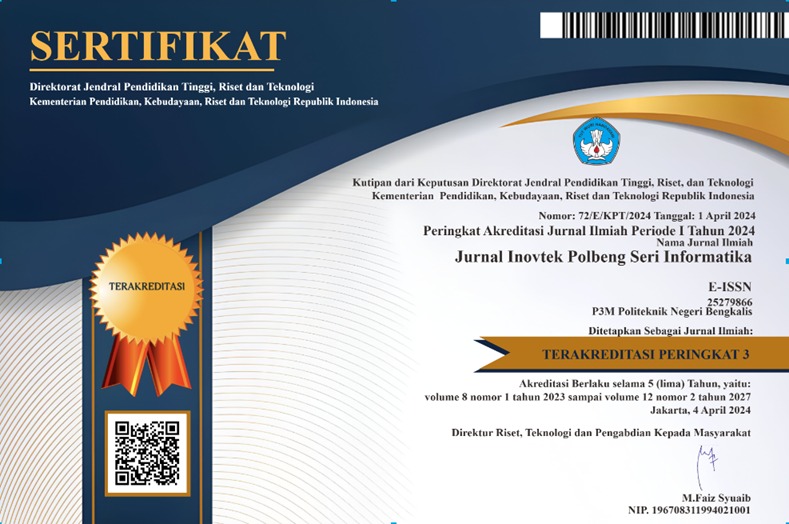Public Sentiment Analysis of Danantara Policy through Social Media X Using SVM and Random Forest
DOI:
https://doi.org/10.35314/rcr21h75Keywords:
Danantara, Social media, SVM, Random Forest, Sentiment AnalysisAbstract
Abstract - This study aims to analyze public sentiment toward the establishment of the Danantara Investment Management Agency (Danantara) through the X social media platform (formerly Twitter) using a machine learning-based text classification approach. While sentiment analysis has been widely applied across various domains, there remains a research gap in examining public responses to new national policies particularly Danantara on platform X. A total of 1,713 tweets were collected using Python-based web scraping via Google Colab during the period from February to June 2025. The research involved data preprocessing, manual sentiment labeling, model training using Support Vector Machine (SVM) and Random Forest algorithms, and performance evaluation using metrics such as accuracy, precision, recall, and F1-score. The classification results show that positive sentiment dominates at 55.6%, while negative sentiment accounts for 44.4%. Random Forest outperformed SVM with an accuracy of 92.36% and an F1-score of 92.19%, compared to SVM's accuracy of 85.45% and F1-score of 87.54%. These findings indicate that Random Forest is more effective in handling short-text public opinion data that is often unstructured. Practically, this study recommends the integration of real-time sentiment monitoring through social media as a strategic tool for policymakers and state-owned enterprises (SOEs) in formulating more responsive and data-driven public policies
Downloads
Downloads
Published
Issue
Section
License
Copyright (c) 2025 INOVTEK Polbeng - Seri Informatika

This work is licensed under a Creative Commons Attribution-NonCommercial-ShareAlike 4.0 International License.














